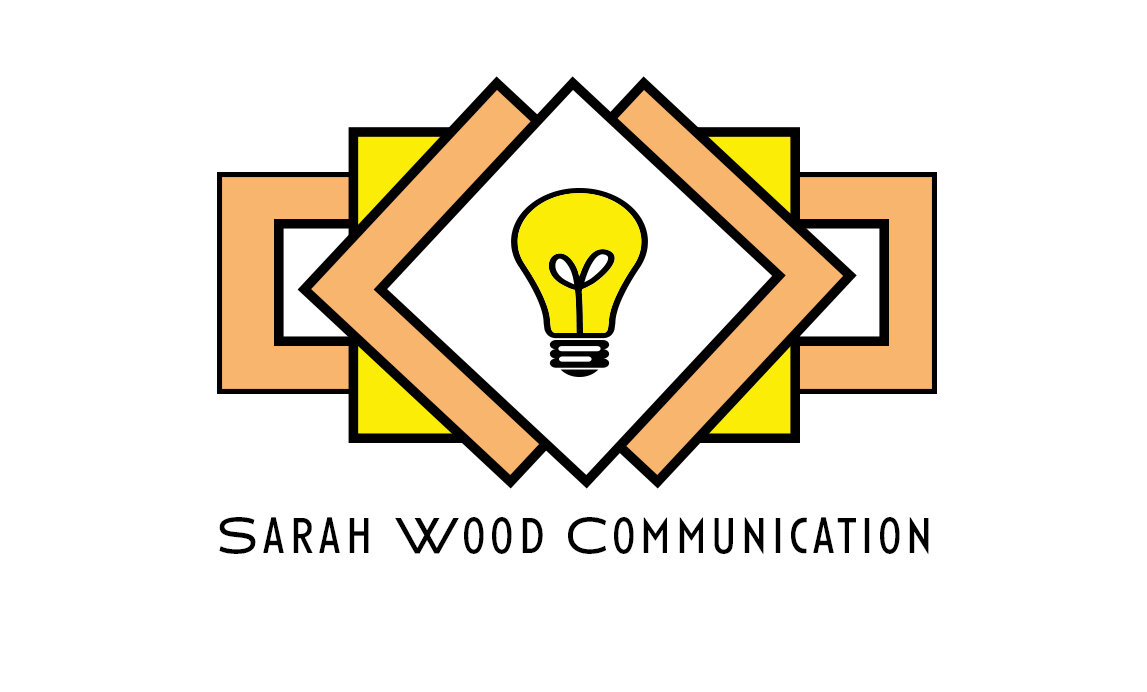Wow, it’s been some kind of month! Healthcare workers, governments, companies, families, my self-employed brethren – everyone is scrambling to adapt to the new normal and flatten the curve of coronavirus infections. And none of us know how long this will be the new normal. I’m lucky in that I already work from home, my child is too young for school, and none of my immediate family have developed severe coronavirus symptoms (fingers crossed, ya’ll).
Because of that, our daily routine hasn’t been as dramatically impacted as it has for many others. None of my current clients have expressed interested in cancelling or curtailing their contracts, although new business development has ground to a screeching halt. I anticipate finding new clients will remain difficult throughout 2020, as the economy, individuals, and companies struggle to get back on their feet financially and deal with the uncertainty created by the pandemic.
As a communication professional, it has been interesting to see the choices organizations are making during this time, whether that’s scrambling to step up and/or alter their existing messaging, putting communication and marketing campaigns on hold, or somewhere in the middle. Below, I’ve listed a few tips for how to communicate in these challenging times:
Have a clear message
People are inundated with messages right now, be it the latest breaking news about federal action, number of local positive cases, or emails from every business you’ve ever shopped at. Don’t say something just to join the chorus. Have a point and get to it, quickly and concisely. Now is not the time for loquaciousness. Know what you want to say, what action you want your audience to take, and clearly express that in as short a message as possible.
Use plain language
The average reading level in the United States is commonly understood to be approximately 8th grade. Your specific audience may vary slightly from that, but there’s no point in communicating to your audience if they don’t understand what you are trying to say. This is particularly important when communicating health and safety information, but also applies to all messaging categories. When in doubt, use simpler language and sentence structure.
Don’t be opportunistic
As the brothers from Tennessee learned after their stockpile purchase of hand sanitizer hit the news, it’s not the time for crass, self-serving behaviors. People will remember what your organization says and does during this time, long after the immediate health and financial threats are over. Do the best you can by your employees, clients, and consumers and communicate with integrity and sensitivity.
That being said,
Don’t totally hit the brakes on external communication
Many people are overwhelmed. The media has dedicated the vast majority of their staff and coverage to coronavirus and its impacts. But that doesn’t mean you should aim for radio silence. The world may have changed recently, but that doesn’t mean it’s stopped. You should certainly evaluate and if needed, adapt your language and messaging to fit the current environment, but organizations who ‘disappear’ will have a much harder time ramping back up as the situation improves. If your organization has extra bandwidth and isn’t caught in the midst of crisis communication mode, it’s also a great time to start planning for the future.
Step up internal communication efforts
It is never a good idea for your employees to be the last to know, when it comes to company news. As anxiety and uncertainty skyrocket and many employees are thrust into unfamiliar work environments and routines, your internal communication should serve as both a source of information and reassurance. Organizations who treat their employees fairly and communicate consistently about the latest developments have a better chance of not only surviving the economic downturn but thriving in the upcoming recovery.
